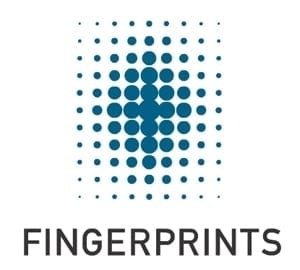

There’s already substantial demand for the kind of payments solution that biometric cards promise, and they could pick up momentum much faster than previous payment card upgrades, argues Fingerprint Cards‘ Lina Andolf-Orup.
In a new post on the company’s website, Andolf-Orup, Fingerprint Cards’ head of marketing, offers an overview of some of the major milestones in the development of biometric payment cards over the past couple of years, and proceeds to offer some intriguing information from her company’s market research. According to Andolf-Orup, both consumers and banks consider contactless payments to be “the most important payment method,” with the 88 percent of the latter agreeing that “contactless is the main payment priority in the coming years.”
Where banks and consumers differ is in where they see the value of contactless payments. “For the banks, the biggest issue with contactless is being able to lift the payment cap, but security is consumers’ main concern,” Andolf-Orup says.
Here, of course, is where fingerprint-scanning payment cards can satisfy both parties, considerably boosting security enough that banks can raise their payment caps.
And there’s reason to think that biometric payment cards could catch on quite quickly. Andolf-Orup notes that Chip & PIN cards debuted in 1995 and took 18 years to reach one billion cards, while contactless card debuted in 2007 and took eight years to reach a billion cards. But in each of these cases, “the payment terminal infrastructure had to be upgraded, at a major effort and cost,” whereas biometric payment cards “already work in today’s contactless or contact-only terminals.”
That certainly suggests they could quickly pick up steam. In any case, however quickly the process happens, many now anticipate that biometric debit and credit cards will represent the next big wave in payments.
–
December 18, 2019 – by Alex Perala






Follow Us